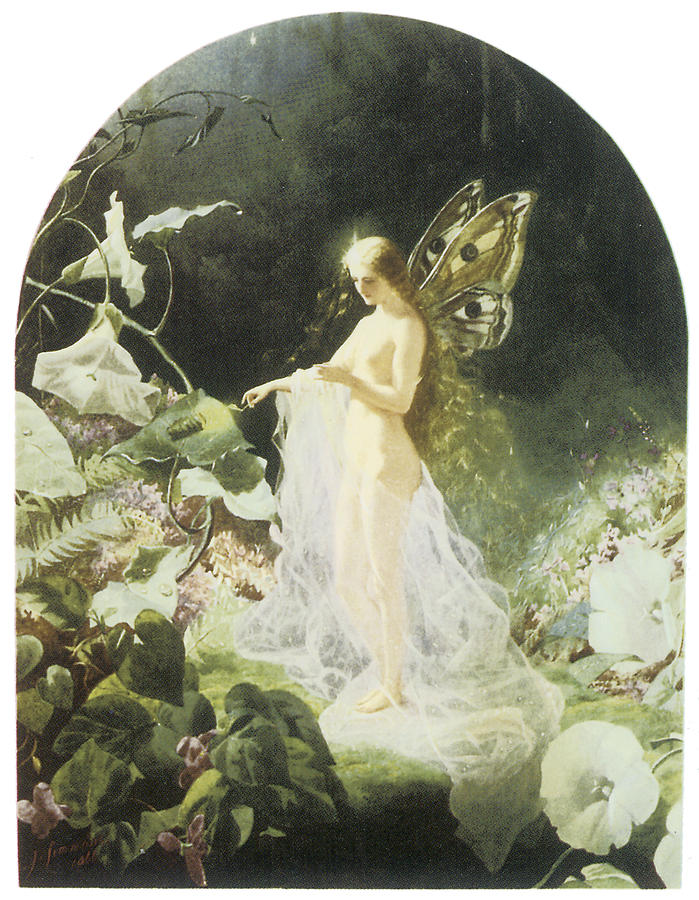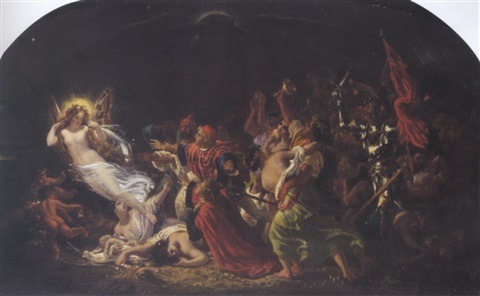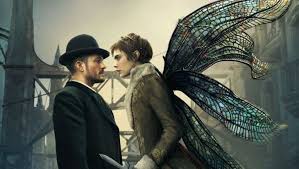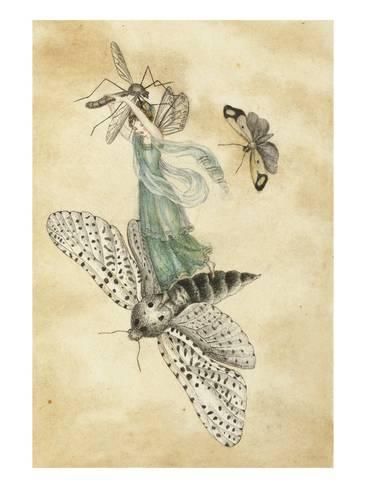I am delighted to announce that I will be speaking at a two-day symposium on fairy folklore organised by Holly Elsdon at the Centre for Folklore, Myth and Magic in Todmorden in May. You can see a brief glimpse of the line up below. The venue is Todmorden Town Hall and the Golden Lion for the evening events. Tickets are on sale now via www.thefolklorepodcast.com . Twitter @CentreMyth


The title of my talk and an abstract is given below:
Dr Sam George – ‘Fairy Lepidoptera: the Dark History of Butterfly-Winged Fae’
Today, fairies are often viewed as benevolent nature spirits, a consolation for modernity or the loss of wild environments, but this has not always been the case. In 1887, Lady Wilde gave voice to the Irish belief that fairies are the fallen angels, cast out of heaven. Fascinated by angels, ghosts, and vampires, Victorians, then Edwardians, saw fairies as souls of the dead. In an age of widespread religious doubt, thought turned to the persistence of the dead and to occult methods of communicating with them, and, rather than dispelling fairies, memories of the dead in WWI heightened a belief in airy spirits and spirit photography.
It was in this climate that the Cottingley fairy photographs emerged in 1917. Sir Arthur Conan Doyle’s defence of them was influenced by Theosophical views of fairies as evidence of a shadowy spirit world. Dell-dwelling and butterfly-winged, the Cottingley fairies were important too because they seemingly confirmed that fairies were allied to the Lepidoptera or butterfly order (an idea that became an established part of Theosophical thought).
Thomas Stothard’s 1798 illustrations to The Rape of the Lock are reputedly the first to give fairies butterfly wings, establishing a convention. Stothard’s images appear to be derived from putti but he followed his textual source in placing his insect-winged sprites halfway between angels (disembodied) and fairies (embodied). Such butterfly-winged fae provide another link to fairies as spirits of the dead. The butterfly is thought to be the shape assumed by the soul when it leaves the body during sleep or at death. In Joseph Noel Paton’s The Pursuit of Pleasure: A Vision of Human Life (1885), the daughter of Cupid and Psyche, is represented by a fairy with butterfly wings.

Representations of fairies shift from disembodied angels to manifestations as insectile Lepidoptera and shadowy spirits of the dead. In tracing this history, I anticipate ways of thinking about fairies in the present in narratives such as Carnival Row (2019). Here the fae’s insect wings and delicate beauty mask their dark history as fallen and endangered descendants of the Tuatha de Danann (taking us back to Lady Wilde’s accounts).


